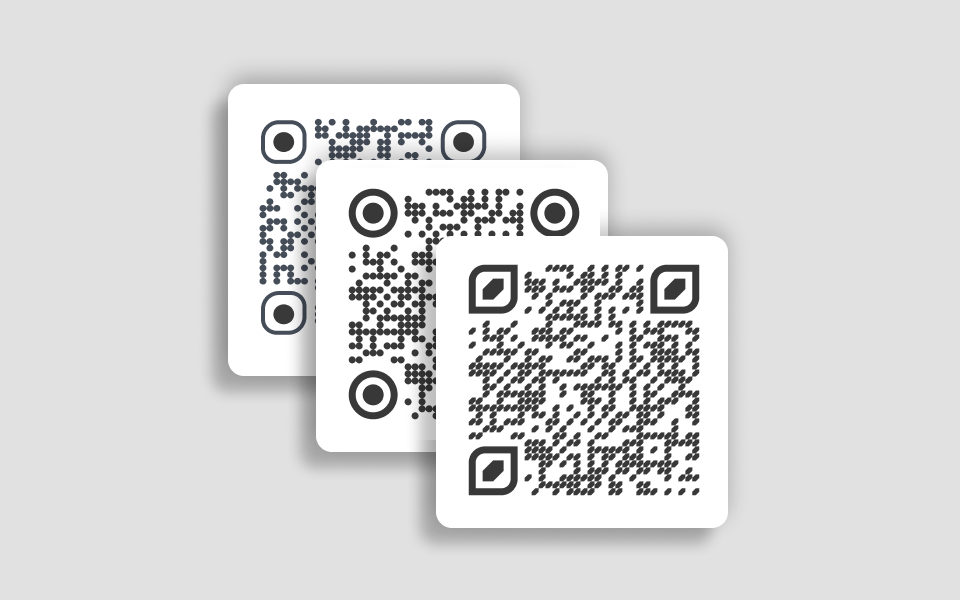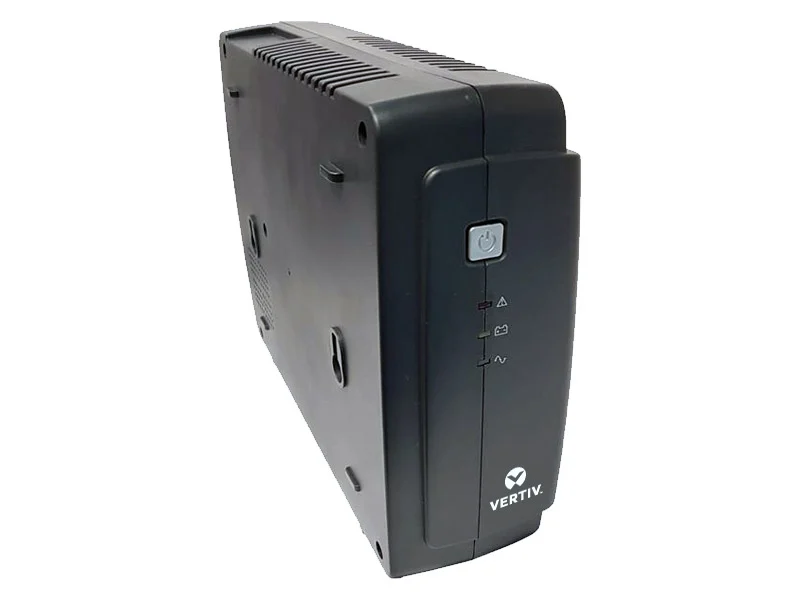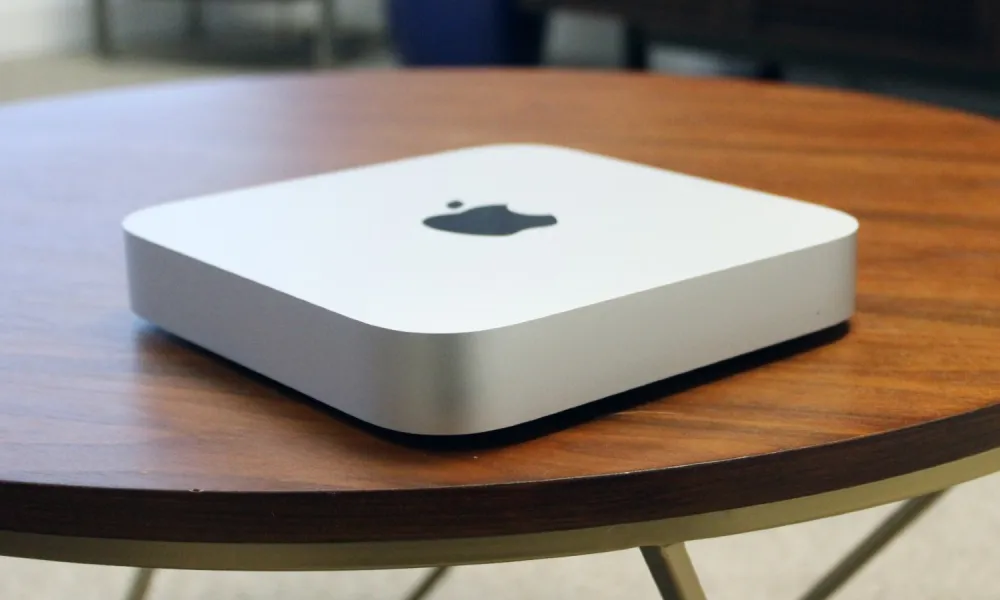Employee recognition is a great way to recognize your employees’ hard work and inspire them to continue doing well for your company. It also helps promote culture, which is something every business owner should want. If you’re not sure how to go about implementing employee recognition into your culture, here are some employee recognition examples that might help.
The wall of fame
A wall of fame is a physical space where employees can be recognized for their work. It’s a place to showcase achievements and highlights, which encourages teammates to support each other and celebrate achievements. A wall of fame can act as a motivation for people to continue doing great things in their careers.
The wall should be placed somewhere accessible for all employees, such as the break room or kitchen area. You can also choose to display it on your intranet if you want it outside the office building. To create this terrific recognition practice, you will need photographs of your staff member’s achievement or accomplishment, as well as either a physical or digital area where these photos will be displayed.
Employee shout-outs
Employee shout-outs are a simple way to make an employee feel appreciated. A shout-out is short and sweet, like a like on Instagram or a retweet on Twitter. It can be done in person or online through social media channels, email newsletters, and more.
Sometimes it’s the little things that mean the most, so managers should reach out personally when they have something positive to say about an employee’s work. Another option is sharing praise publicly via company channels like interna newsletters or Slack channels.
Thank you cards
Thank you cards are a great way to say thank you. You can give them out at any time and can write a personal message on the card. You can print them out and hand them out to employees or buy them from a company that makes them. The person receiving the card will appreciate getting it as well.
Fun perks and privileges
Fun perks and privileges are other powerful tools in your employee recognition arsenal. They’re a great way to show your employees that you appreciate them and make their work experience more enjoyable, which will keep them happy, motivated, and productive at work. Perks can be anything from a free lunch to a day off or anything else that would enhance the lives of your employees outside of the office.
Perks should be awarded for any occasion: not just on employee recognition day. It could be someone’s birthday or anniversary with the company—or even just because they did something awesome. For example, if one of your team members goes above and beyond in some way (e.g., helping out with planning an event), give them some extra time off so they can enjoy it without feeling guilty about taking advantage of their employer’s generosity.
You might also consider implementing an incentive program where employees earn points towards fun incentives such as spa days or vacations by being active in other ways at work (e..g., volunteering). This helps create competition among colleagues while rewarding those who contribute more than others around them
Team outings
The most obvious team outing is the traditional day at the beach, but there are many other ways to get your employees excited about spending time together. A trip to a museum or concert can be just as engaging for everyone involved, and it doesn’t have to cost a lot of money. The key is finding an activity that everyone will enjoy—and if you’re looking for inspiration, start by asking around and listening to what your employees like doing in their free time.
Once you’ve decided on an event or activity, make sure it’s something fun but not too expensive; after all, this isn’t a vacation—it’s an employee perk. You don’t want people skipping out on other work responsibilities just so they can attend a four-hour brunch at the hottest new restaurant.
Special badges and bragging rights
If you want to go the extra mile, consider giving your employees something they can wear or display that will remind them and everyone else of their accomplishments. This is a great way to keep your culture fresh and exciting while also letting everyone know what they did right.
Conclusion
It’s important to remember that employee recognition isn’t just about giving out gifts and prizes. It’s also about showing your employees that you care about them as people by acknowledging their contributions to your company. Your culture is a reflection of its leader, so if you want your employees to be engaged and feel appreciated, start with yourself.








